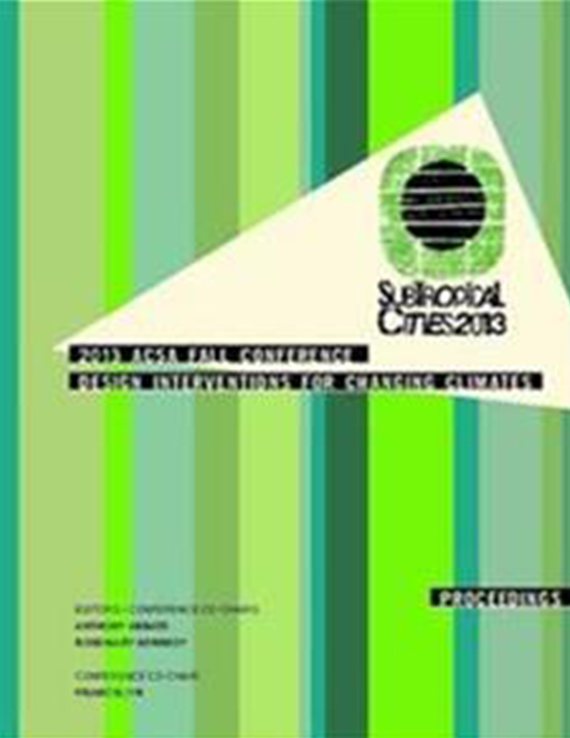Author(s): Seth McDowell
The objective of this essay is to trace the evolution of the trash tectonic from the ready-made fascinations of modernism to the current practice of upcycling. This linage of waste transformation is the foundation for an undergraduate architecture research studio at the University of Virginia’s School of Architecture , entitled Trash Tectonics. Trash Tectonics focuses on the transformation of waste, excess and the ordinary into new spatial and material realities. In this studio, students work predominately at full scale to investigate material prototypes and assemblies developed from collected waste products. Material transformation is employed as a life extension technique for detritus. The work presented here are results from the Spring 2013 studio. The essay will evaluate the experiments of this studio and speculate a future trajectory for the methods of upcycling in architecture. Upcycling is the procedure of converting waste materials or useless products into new materials or products of better quality or for better environmental value. It is a concept introduced by William McDonough and Michael Braungart in Cradle to Cradle where the goal “is to prevent wasting potentially useful materials by making use of existing ones.” This is a process of re-appropriation that is dependent upon jettisoning functional associations in an attempt to find new possibilities that improve upon past stigmas. To upcycle an object you must remove it from its contextual base and repurpose it as an improved condition. This exercise of upcycling is directly associated with the “ready-made” object, a preoccupation for many artists of the early twentieth century. The conception of the ready-made by Marcel Duchamp, positioned the found object as a raw material for intellectual contemplation. Kurt Schwitters, Duchamp’s cohort in Dadaism, incorporated the discarded object as a component of aesthetic construction. Using collage, Schwitters moved beyond object contemplation and exploited detritus as a facilitator for composition. The act of re-appropriation initiated by modernism and the likes of Duchamp and Schwitters created a visual acceptance, and perhaps even an aesthetic desire, for the materiality of trash. Collage became the mode of operation because it was a technique of stitching, pasting, and slapping together materials ripped from their everyday functionalities. Second-hand, found material became romanticized for the rustication, disfigurement, and embodied cultural narrative. Today, the artist or designer working with the re-appropriated object tends to focus more on a narrative of material transformation. Much of this work builds on Schwitters’ assemblages and the approach of amassing waste to become parts of a whole. However, today the techniques tend to be more systematic, and material assemblages are limited to single object types rather than a collage of diverse materials. This often yields field conditions that are constructed from the propagation of a single material unit or object. The effect is a transformation induced by object grouping.
Volume Editors
Anthony Abbate, Francis Lyn & Rosemary Kennedy
ISBN
978-0-935502-90-9

 Study Architecture
Study Architecture  ProPEL
ProPEL 
